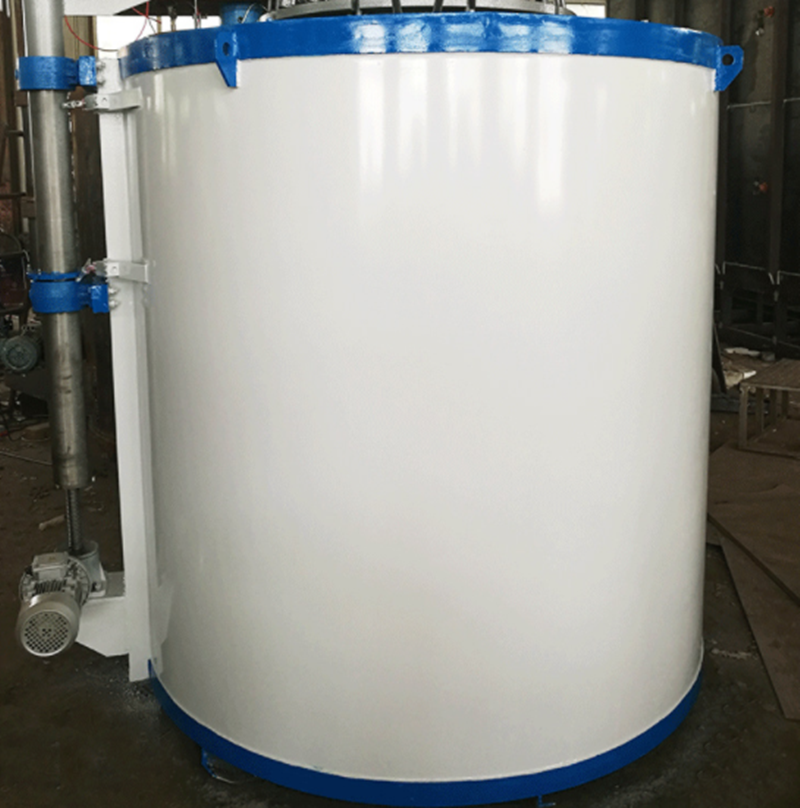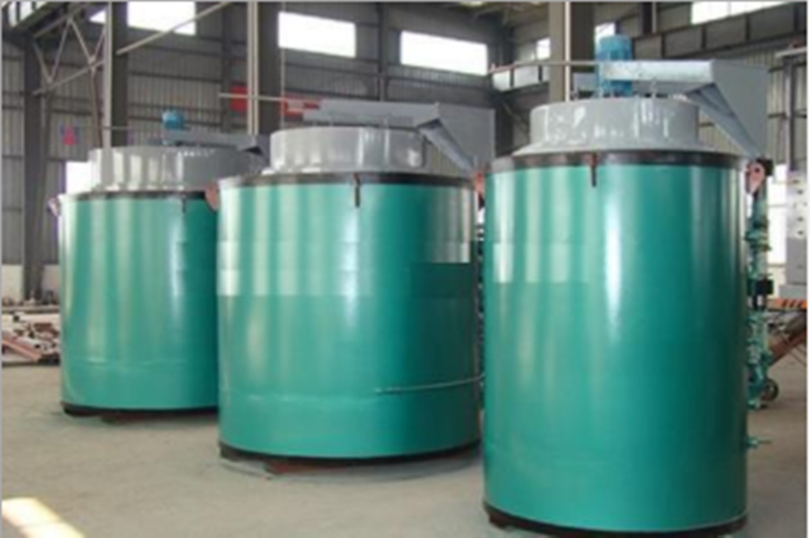| Unit Price: | USD 30000.0000 / Set/Sets |
|---|---|
| Payment Type: | T/T |
| Min. Order: | 1 Set/Sets |
| Delivery Time: | 20 Days |
Additional Info
Transportation: Ocean
Port: Shanghai China
Product Description
Specification for main properties of well quenched furnaces
Purpose: metal heat treatment process in which metal workpiece is heated to a suitable temperature and kept for a period of time, then immersed in quenching medium for rapid cooling. The commonly used quenching media include brine, water, mineral oil, air, etc.
Hardening can improve the hardness and wear resistance of metal workpieces, so it is widely used in various kinds of tools, molds, gauges and parts requiring surface abrasion (such as gears, rollers, carburized parts, etc.). By quenching and tempering at different temperatures, the strength, toughness and fatigue strength of the metal can be greatly improved, and the combination of these properties (comprehensive mechanical properties) can be obtained to meet different service requirements.In addition, quenching can also make some special properties of steel to obtain a certain physical and chemical properties, such as quenching permanent magnetic steel to enhance its ferromagnetism, stainless steel to improve its corrosion resistance. The quenching process is mainly used for steel parts. When the commonly used steel is heated above the critical temperature, all or most of the original tissue at room temperature is converted to austenite. The steel is then immersed in water or oil for rapid cooling, and the austenite is converted to martensite. Compared with other tissues in steel, martensite has the highest hardness. The rapid cooling during quenching will cause the internal stress of the workpiece, and when the workpiece is large enough, distortion and even cracking will occur. Therefore, proper cooling methods must be selected. According to the cooling method, the quenching process can be divided into four types: single liquid quenching, double medium quenching, martensite step quenching and bainite isothermal quenching.

